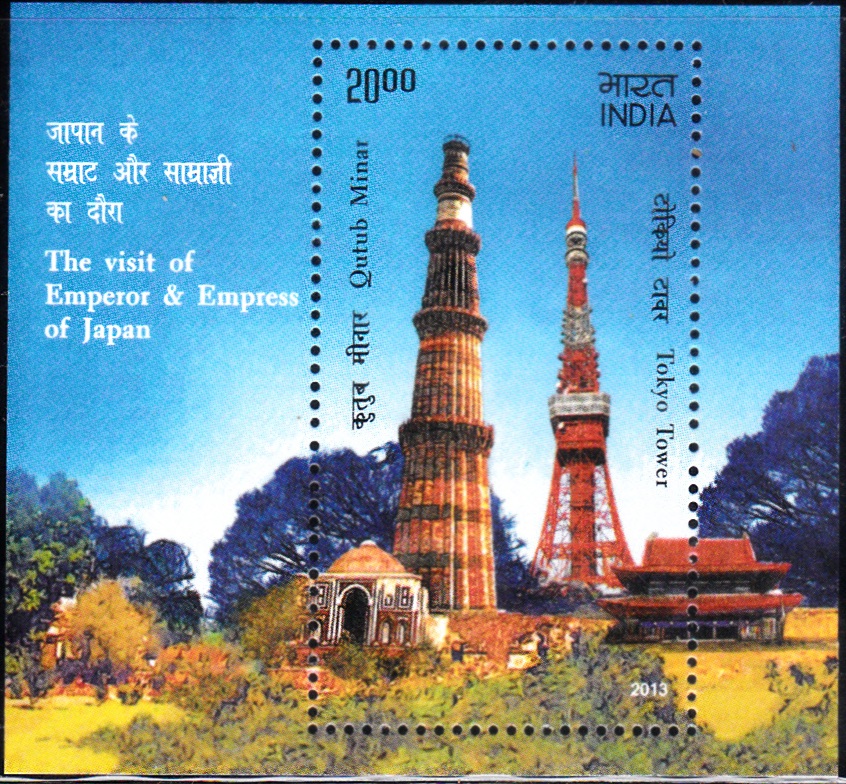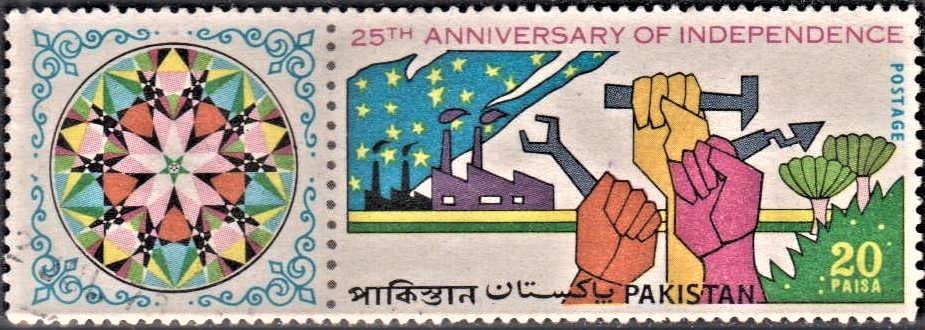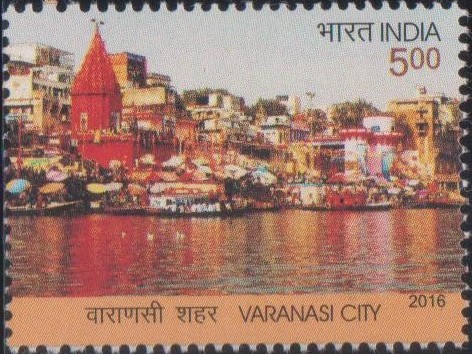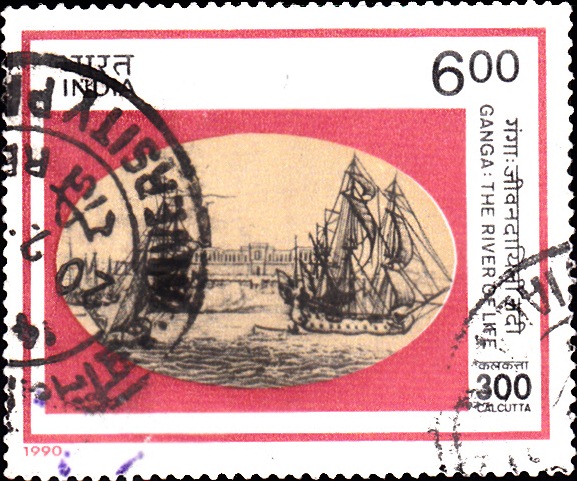
Tercentenary of Calcutta
Complete Set of 2 nos of postage stamp on the 300th Anniversary of Kolkata (City of Joy), Cultural Capital of India :
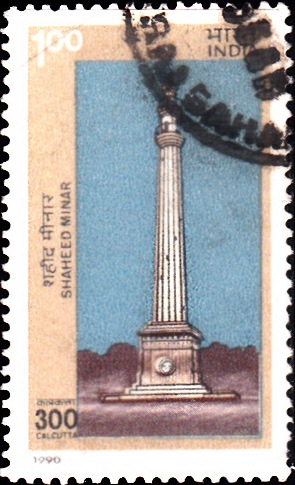
 Issued by India
Issued by India
Issued on Dec 28, 1990
Issued for : Despite the passage of three hundred years, the city of Calcutta still retains its status of pre-eminence. The Department of Posts is privileged to commemorate the Tercentenary of this city with the issue of a set of two special stamps depicting Shaheed Minar and Ganga – the river of life.
Description of Designs : The stamps, the First day Cover and the cancellation are based on art works provided by the Government of West Bengal.
Type : Stamps, Postal Used
Colour : Multicolour
Denomination : 100, 600 Paise
Overall size : 4.06 x 2.41 cms. and 4.83 x 4.06 cms.
Printing size : 3.70 x 2.05 cms. and 4.40 x 3.60 cms.
Perforation : 13 x 13
Paper : Imported Un W/M Gravure Coated Gummed Stamp Paper
Number Printed : 1.5 Million each
Number per issue sheet : 40 and 20
Printing Process : Photogravure Process
Printed : India Security Press
About :
- The city of Calcutta commemorated 300 years of its existence. It was on 24th August 1690 that Job Charnock had landed in the village of Sutanati at the mouth of Hooghly. The three villages of Sutanati, Gobindpur and Kalikata merged into one and developed into the large township which took the name of the last.
- Calcutta was the capital of the country during the greater part of the British Rule. However, it was also the city which had become the centre of the Indian freedom struggle. It was here that the first rendering of National Anthem composed by Satyendranath Tagore was adopted in 1867. It was also in this very city that it was replaced by Bankim Chandra’s “Bande Mataram” in 1875, which soon become the slogan for national unity and freedom struggle.
- The city of Calcutta grew and flourished mainly on account of the river Ganga. The Ganga provided access from the sea and helped its trade and commerce and thus played an integral role in the development of the city during the last three centuries. Ganga has indeed been the River of Life for the city of Calcutta.
- British political supremacy in India, of which the city was the seat and symbol, was challenged from this very city. The 152 ft. high tower, now called Shaheed Minar, was erected by the British in 1828 to commemorate a war victory. But it was under this monument that innumerable rallies were held against the British. Rabindranath Tagore too had addressed a protest rally under this monument in September 1931. The city’s contribution to the struggle for freedom has indeed been an important witness to that.
- Text : West Bengal Govt.


